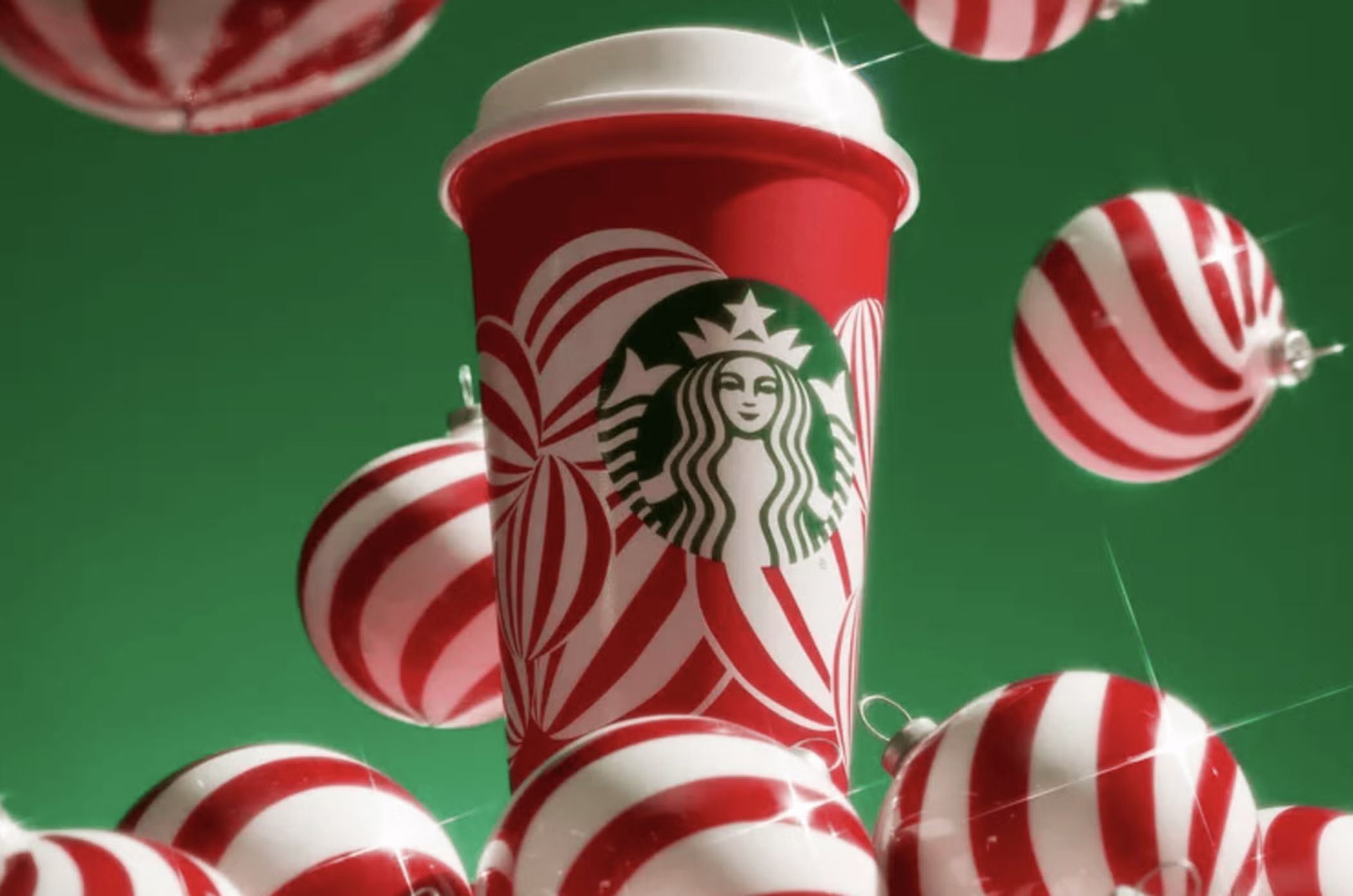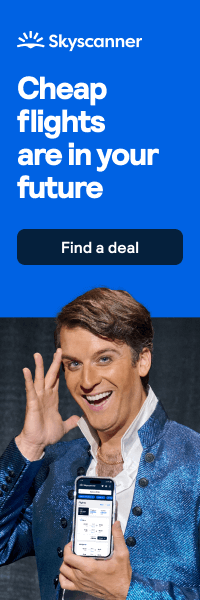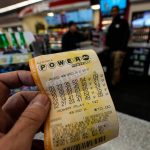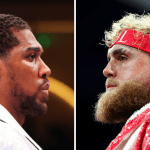The Red Cup Day promotion is straightforward: Purchase a qualifying holiday beverage, and receive a free reusable cup while supplies last. Available for in-store, drive-thru, and app orders, this event drives immediate sales while encouraging repeat visits. It forms part of a broader strategy that generates revenue and strengthens customer relationships well beyond the holiday period.
Seasonal Promotions and Revenue Growth
For Starbucks, the holiday season plays a key role in annual performance. Fourth-quarter revenues typically reach their highest point, supported by the introduction of seasonal drinks and related offers. In fiscal 2025, global revenues rose 5% to $9.6 billion, with comparable store sales up 1%—the first increase in seven quarters. The Pumpkin Spice Latte launch in September 2025, for example, led to a 24.1% sales jump on its debut day, contributing to third-quarter gains.
This growth stems from a mix of limited availability and familiarity. Consumers respond to time-sensitive offers, a principle rooted in behavioral economics known as temporal scarcity. Research from Harvard Business Review explains how such deadlines prompt quicker buying decisions and higher demand. Analysts estimate that Starbucks' seasonal launches increase same-store sales by 5% to 8% in peak months, outperforming many standard marketing efforts. These promotions align product releases with seasonal trends, turning routine purchases into opportunities for higher volume.

Get into the holiday spirit! Starbucks’ 2025 festive drinks lineup includes Peppermint Mocha, Caramel Brulée Latte, and Iced Sugar Cookie Latte.
Loyalty Programs as a Retention Tool
Beyond the initial sales, these promotions feed into Starbucks Rewards, which has over 30 million active members. Events like Red Cup Day offer double stars for app-based orders, promoting digital engagement and encouraging ongoing participation.
Studies confirm the value of this approach. Deloitte's 2024 Global Consumer Loyalty Survey indicates that brands integrating seasonal promotions with rewards programs achieve higher retention, with 53% of consumers open to paying for enhanced access—up from 32% two years earlier. For Starbucks, this translates to increased visit frequency among new participants, often by 20-30%, based on company earnings insights. Seasonal entry points help convert one-time buyers into consistent customers, stabilizing revenue throughout the year.
The Role of Branding in Customer Habits
The red cup serves as more than packaging—it's a recognizable symbol that reinforces seasonal routines. Marketing experts at the Wharton School describe this as ritual branding, where consistent cues create habitual associations with the brand.
By timing releases to match calendar events—such as fall flavors for cooler weather—Starbucks builds recall that extends year-round. A 2023 Nielsen report on consumer behavior shows that these alignments can increase off-season brand preference by up to twofold. Social media shares of the cups further extend reach at low cost, embedding the brand in everyday conversations.
Balancing Scarcity with Customer Value
Starbucks applies scarcity thoughtfully, applying modest price increases of 10-20% to seasonal items, balanced by rewards incentives. This maintains positive perceptions, as customers view the items as special without feeling overcharged. A Forbes review of retail pricing strategies highlights how this "premium without pain" method supports margins while avoiding customer pushback.
Sustainability adds another layer. The recycled materials in the 2025 cup align with growing ESG priorities, influencing 70% of investors according to Morningstar reports. This positioning appeals to environmentally aware consumers, who are willing to pay more for aligned products, enhancing both sales and brand reputation.
Using Data to Refine Strategies
Each promotion generates data through app interactions, capturing details like order times and preferences. Starbucks uses this for supply chain optimization, reducing waste by about 15% during high-demand periods, as noted in 2025 disclosures.
The process creates a feedback cycle: Analysis from one event informs adjustments for the next, such as targeted notifications based on location patterns. This data-driven method allows for ongoing improvements in personalization and efficiency.

A customer celebrates Starbucks Red Cup Day, the annual launch that turns a simple coffee run into a seasonal ritual.
Key Lessons for Seasonal Marketing
Starbucks' model provides practical guidance for businesses in seasonal industries:
Build Urgency Around Real Events: Connect limited offers to cultural or calendar milestones for genuine appeal, avoiding artificial pressure.
Make Loyalty Integral: Design rewards systems that tie directly into promotions, fostering habits that persist beyond the season.
Incorporate Sustainability: Use eco-friendly features to differentiate and attract investors focused on long-term viability.
Analyze for Iteration: Collect and review data from each campaign to enhance future performance, building cumulative benefits.
These elements help create reliable revenue streams from what might otherwise be temporary spikes.
Long-Term Outlook in a Changing Market
As challenges like inflation and digital shifts affect retail, Starbucks' integrated approach to promotions demonstrates adaptability. The focus on combining customer insights with emotional and economic levers supports sustained performance.
For executives and investors, the takeaway is clear: Effective seasonal strategies go beyond short-term gains. They create repeatable experiences that drive loyalty and financial stability over time.















